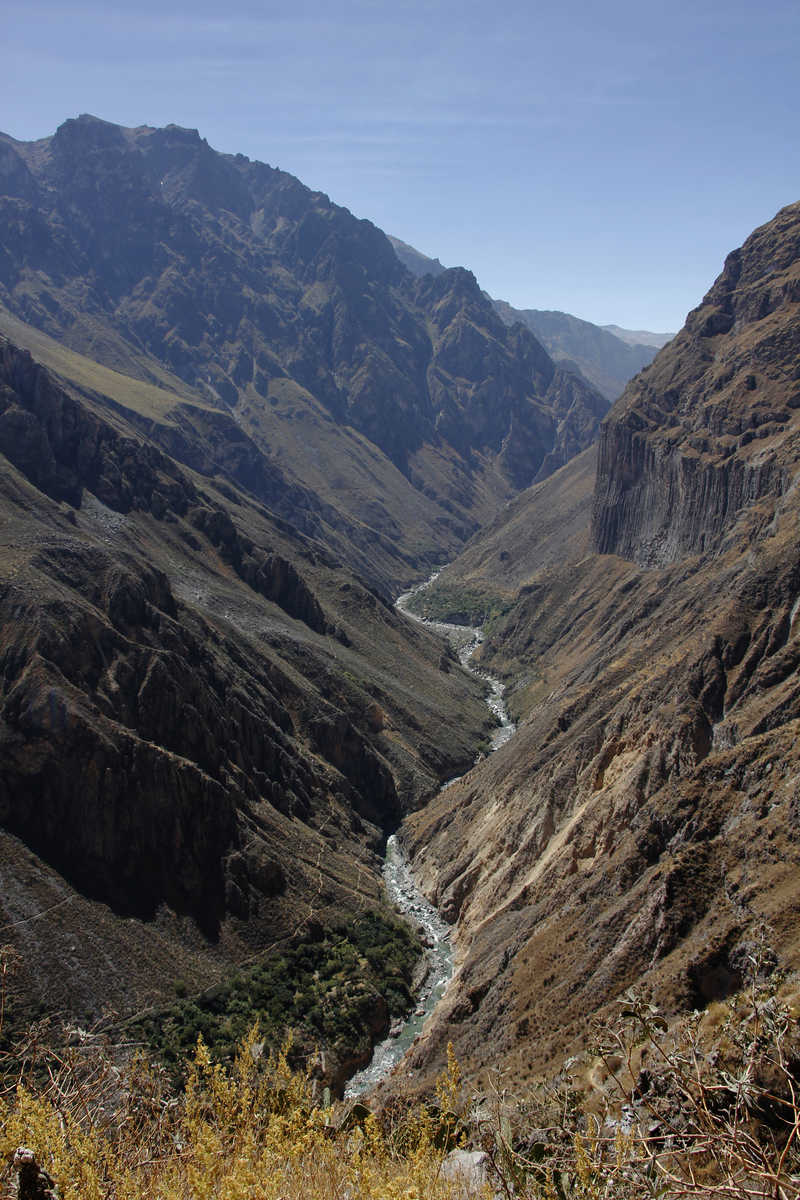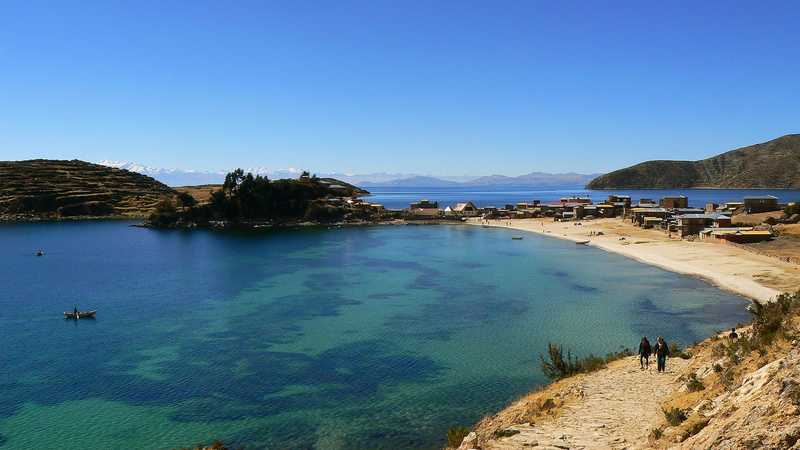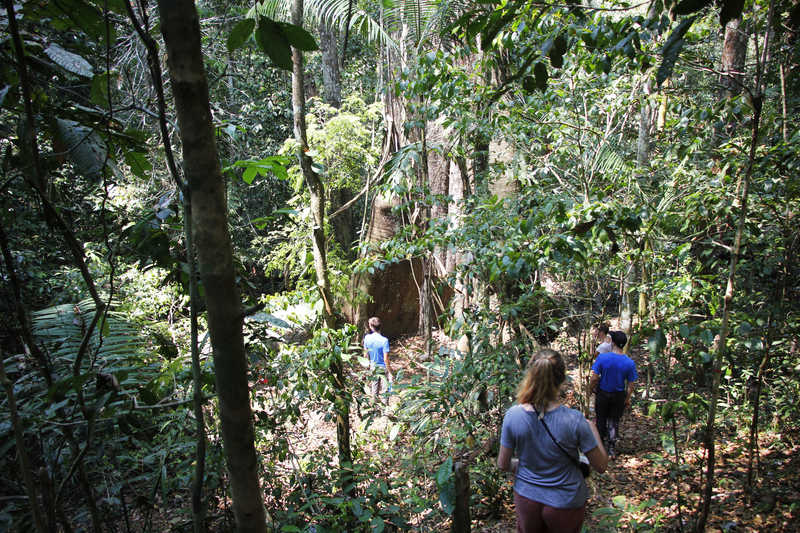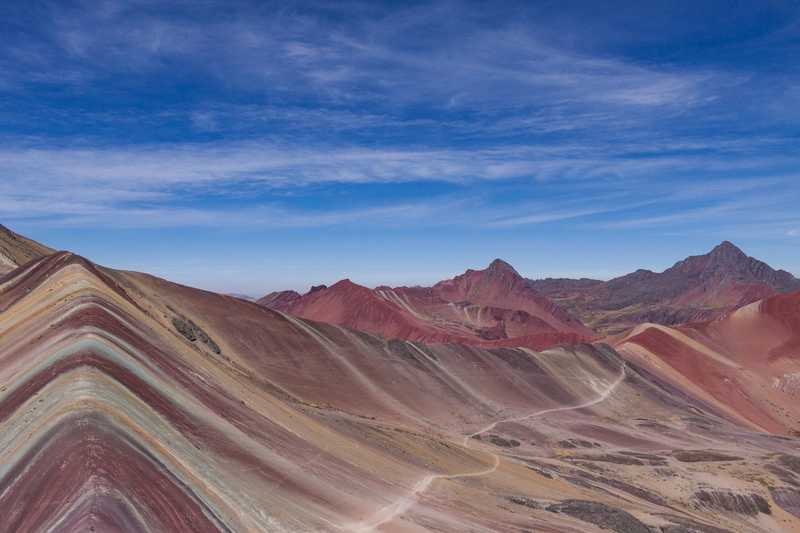Amazon Adventure
- Kandoo Safaris
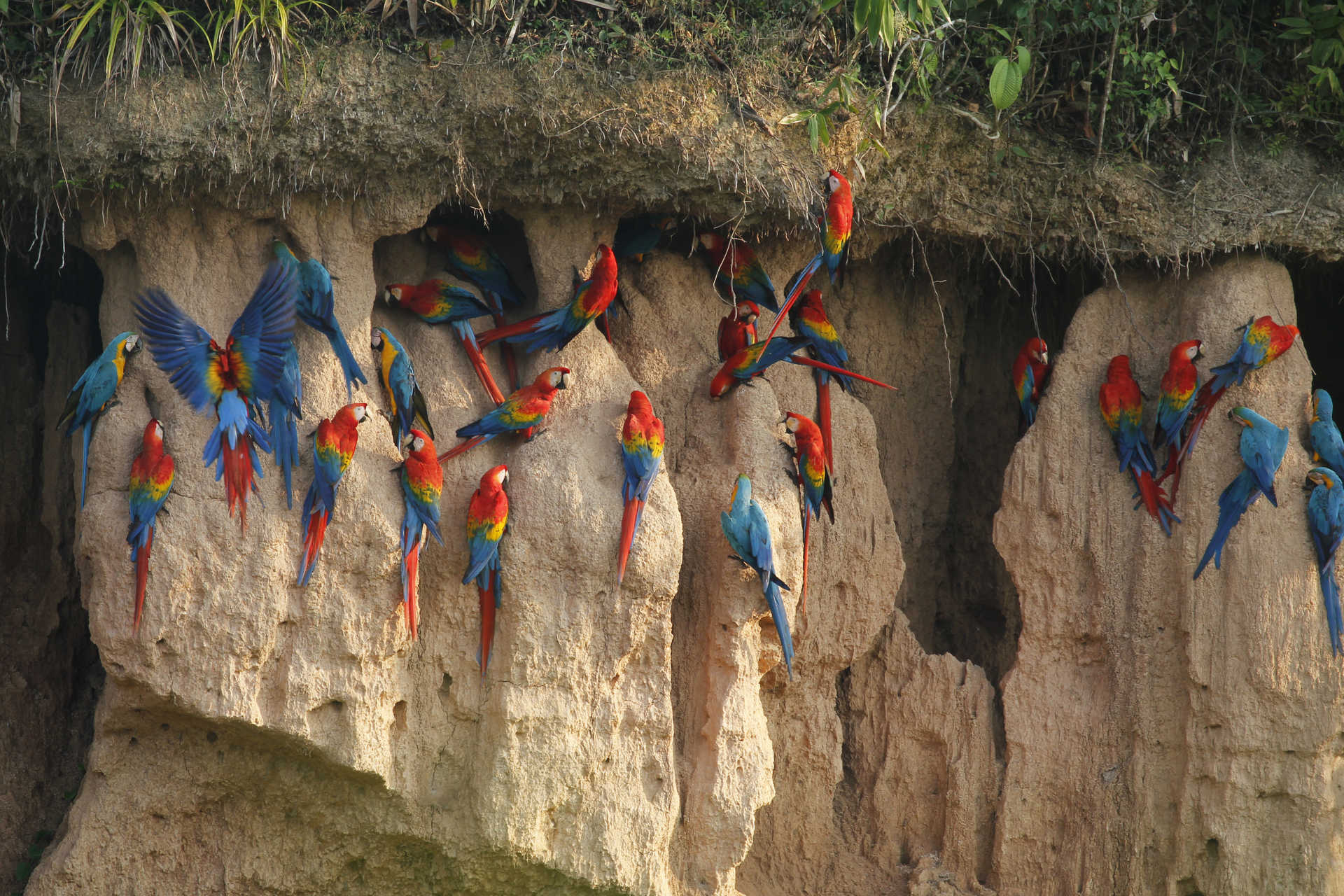
Contact
our UK team

Fly to Puerto Maldonado where you will be met by your naturalist guide and transferred to a dugout canoe for the trip up the Tambopata River to the Tambopata Eco Lodge. Please book your flight for an arrival before 2pm as you need to make the boat transfer to your accommodation in daylight. On the journey the vegetation changes from colonized deforested areas to virgin rainforest. A box-lunch is provided on board. On arrival you'll have a welcome drink and meet the rest of the staff. In the late afternoon you set off for an introductory walk into the "terra firma" forest behind the lodge, dominated by giant Brazil-nut and Dipteryx trees. After dinner there will be a night walk to find nocturnal animals, as about 50% of the animals in the rainforest are nocturnal.
After an early breakfast you and your guide will board the motorized canoe once again for the short journey to the trail head to begin a morning's exploration of the lake system of Condenado on foot and by boat. This whole area is rich in bird and aquatic life and a family of giant otters lives in the vicinity of the lake. You will return to the lodge for lunch. After lunch you return to the canoe to continue the journey upstream, a further 2 hrs, to an area deep within the Tambopata National Reserve where the isolated macaw and parrot clay-lick "El Chuncho" is situated. This collpa is the second largest of the clay cliffs lining the Tambopata River in this area. After dinner you will go searching for animals such as capybaras, caimans, tapirs and jaguars by walking along the banks of the Tambopata River. Tonight you will camp on the beach near the collpa.
A pre-dawn start is needed to get to the clay-lick before the birds. They arrive in search of minerals and salts and the digestive properties of the clay particles themselves. On average several dozen macaws and smaller parrots visit the clay-lick daily, including scarlet, blue and yellow, red and green, and chestnut-fronted and blue-headed parrots. Following a late morning hike you will return down river to the lodge for lunch. The afternoon is for exploring the forest close to the lodge (with or without your guide), relaxing and bathing in the Gallucunca, a cool clear stream beside the lodge. At night you will go searching for caimans and other nocturnal animals by canoe along the Tambopata River.
A dawn start is required for the canoe trip back to Puerto Maldonado, giving memorable views of the sunrise over the river. This gives you are last chance to look out for wildlife that are particularly active at this time. Howler monkeys are frequently heard, as they stakeout their territories. From the airport at Puerto Maldonado you can fly to your next destination in Peru, or back to Lima for your international connection. Please book your departure flight for after 10am, as again you need to made the return boat journey to Puerto Maldonado in daylight.
Want to ask us a question or book a private trip? Don't hesitate to contact us!
Contact us